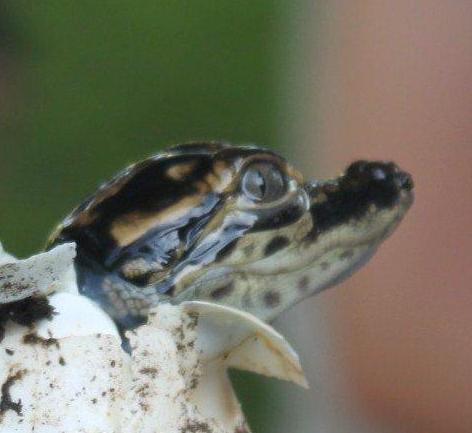|
DECIDIOUS—Grows to a height of 150 feet.
LEAVES: Alternate, a compound leaf with a single terminal leaflet. Leaf is 9-20” long with 9-17 leaflets, serrate on margin.
BARK: Gray brown to light brown under scales; ridges flattened, narrow, broken and scaly.
FLOWERS: March-May-Male and female flowers are found on the same tree. Male in hanging yellow green catkins which are 4-5” long. Female are small and yellowish green.
FRUIT: Ripens Sept.-Oct. Nuts are in thin husks which split into 4 valves when mature. Nuts are edible. Pecan trees prefer rich river bottom soils.
The dictionary defines pecan as a hard-shelled nut of Algonquian origin. Algonquians were a large family of native American tribes. Native Americans as well as early settlers in America harvested pecans by throwing sticks into trees to knock the nuts down. Pecan became Texas State Tree by an act of Texas Legislature in 1919. One of our past governors, James Hogg, loved the tree so much he asked for one to be planted at the head of his grave site instead of a marble monument. Texas is the largest producer of native pecans and second only to Georgia in production of orchard grown pecans. Astronauts took pecans to the moon in two Apollo space missions. Wood is used in agricultural implements, baseball bats, hammer handles, furniture, wall paneling, flooring and religious carvings.
A sample of this tree is found behind the Nature Center by the cistern. Other trees are found all over the park especially Elm Lake picnic area.
|




